Home>Garden Essentials>How To Choose Synthetic Grass
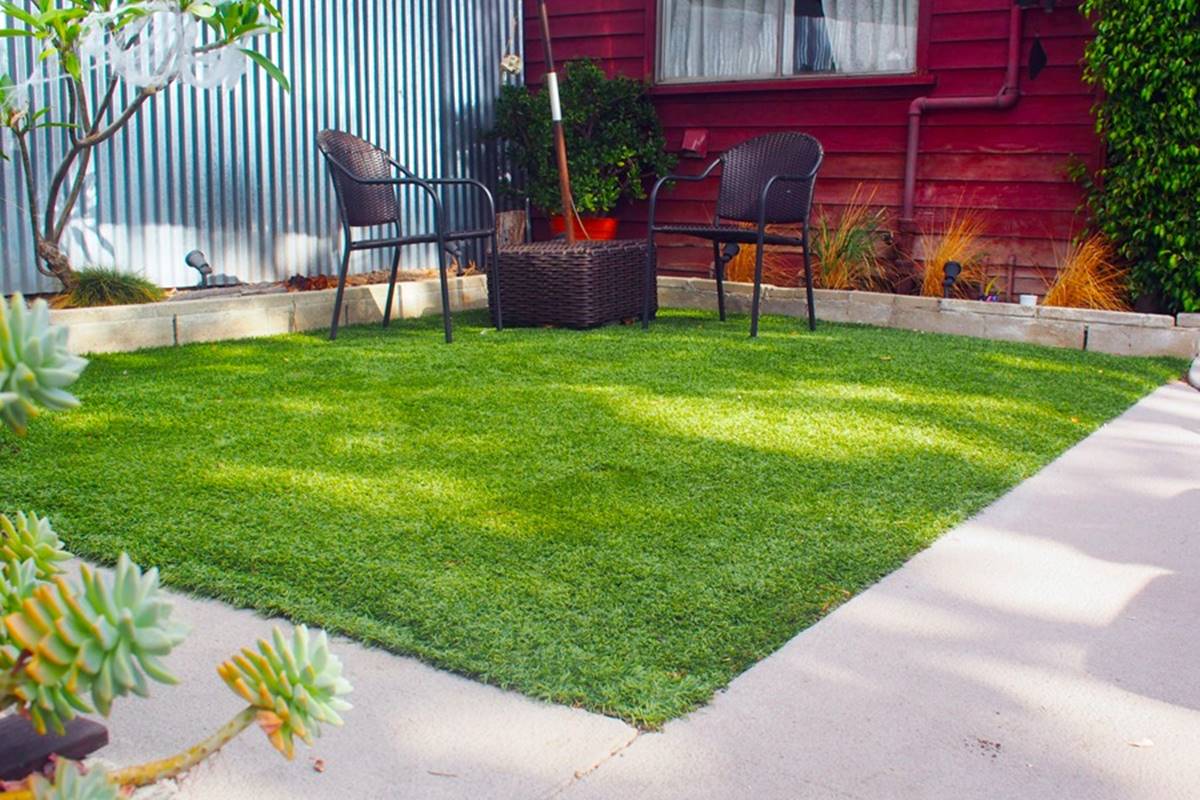

Garden Essentials
How To Choose Synthetic Grass
Modified: September 2, 2024
Learn how to choose the perfect synthetic grass for your garden. Discover the best options for creating a beautiful and low-maintenance outdoor space.
(Many of the links in this article redirect to a specific reviewed product. Your purchase of these products through affiliate links helps to generate commission for Storables.com, at no extra cost. Learn more)
Introduction
Welcome to the world of synthetic grass, where green lawns and landscapes can be enjoyed year-round without the hassle of watering, mowing, and fertilizing. Synthetic grass, also known as artificial turf or artificial grass, offers a practical and low-maintenance alternative to natural grass. With advancements in technology, synthetic grass has become increasingly realistic, making it difficult to distinguish from the real thing.
Whether you’re considering synthetic grass for your backyard, front yard, or any other outdoor space, it’s crucial to understand the factors to consider when choosing the right one. From the quality of the grass to the installation process, a variety of key considerations can help you make an informed decision.
In this guide, we will explore nine essential factors to consider when choosing synthetic grass. By understanding these factors, you will be able to select the perfect synthetic grass that meets your needs and creates a stunning, low-maintenance landscape.
Key Takeaways:
- Choose high-quality synthetic grass that closely resembles natural grass, is durable, and requires minimal maintenance for a stunning and low-maintenance landscape.
- Look for UV-stabilized synthetic grass with eco-friendly features, comfortable texture, and reliable warranty to create a vibrant and sustainable outdoor space.
Read more: How To Cut Synthetic Grass
Factors to Consider when Choosing Synthetic Grass
When selecting synthetic grass, there are several important factors to consider. Let’s take a closer look at each one:
- Quality of the Grass: One of the most crucial factors to consider is the quality of the synthetic grass. Look for a reputable brand that offers high-quality materials and a realistic appearance. The grass should be soft to the touch and have a natural color that complements your outdoor space.
- Durability and Longevity: Synthetic grass is designed to withstand various weather conditions, heavy foot traffic, and other external factors. Look for grass that is durable and long-lasting, ensuring that it will maintain its vibrant appearance for years to come.
- Appearance and Realism: The goal of synthetic grass is to replicate the look and feel of natural grass. Pay attention to the level of realism the grass offers, including the texture, color variations, and blade structure. Opt for grass that closely resembles the real thing to create an authentic and visually appealing landscape.
- Maintenance Requirements: One of the main advantages of synthetic grass is its low maintenance nature. However, different types of synthetic grass may have varying maintenance requirements. Consider the level of maintenance you’re willing to commit to, such as brushing, rinsing, or applying infill, and choose a product that aligns with your preferences.
- Softness and Comfort: Synthetic grass should not only look good but also provide a comfortable surface to walk, play, or relax on. Test the softness of the grass to ensure that it is comfortable for bare feet and safe for children and pets.
- Environmental Friendliness: Synthetic grass is an eco-friendly alternative to natural grass, as it eliminates the need for water, pesticides, and fertilizers. Look for grass made from recycled materials and is free from harmful chemicals.
- UV Stability: Exposure to sunlight can cause synthetic grass to fade or degrade over time. Choose grass that is UV stabilized to ensure it maintains its vibrant color despite continuous sun exposure.
- Installation Process: Consider the installation process required for the synthetic grass. Some grass options can be easily installed as a DIY project, while others may require professional installation. Evaluate your skills and resources to determine which option is best for you.
- Warranty and Customer Support: Lastly, look for synthetic grass that comes with a warranty to protect your investment. Additionally, ensure that the manufacturer provides reliable customer support in case you have any questions or concerns.
By considering these factors when choosing synthetic grass, you can make an informed decision and select a product that best suits your needs and preferences. Remember, not all synthetic grass is created equal, so take the time to research and select the best option for your outdoor space.
Quality of the Grass
When choosing synthetic grass, the quality of the grass itself is of utmost importance. Look for a reputable brand that offers high-quality materials and a realistic appearance. Here are some factors to consider when evaluating the quality of the grass:
- Material: Synthetic grass is typically made from polyethylene, polypropylene, or a blend of both. Polyethylene grass is known for its softness and durability, while polypropylene grass is more affordable but may not have the same level of realism. Consider the benefits and drawbacks of each material before making a decision.
- Realistic Appearance: The primary goal of synthetic grass is to mimic the look and feel of natural grass. Pay attention to the grass’s texture, blade structure, and color variations. Look for grass that closely resembles the real thing to create an authentic and visually appealing landscape. Ask the manufacturer for samples or visit a showroom to see the grass up close before making a purchase.
- Drainage System: Synthetic grass should have an efficient drainage system in place to prevent water from pooling or causing damage. Check if the grass has built-in drainage holes or if it requires an additional drainage layer. Proper drainage ensures that your lawn stays dry and free from mold or mildew.
- Infill Compatibility: Infill is a material applied to synthetic grass to provide stability, improve the grass’s resilience, and enhance its overall performance. Some types of grass require infill, while others may not. Determine if the grass you’re considering is compatible with infill and if it requires a specific type of infill material.
- UV Stability: The sun’s rays can cause synthetic grass to fade or degrade over time. Look for grass that is UV stabilized, which means it is treated to withstand prolonged sun exposure without losing its color or structural integrity. UV stability ensures that your grass remains vibrant and attractive for years to come.
When it comes to quality, it’s essential to invest in a reputable brand or supplier that offers reliable products. Reading customer reviews, consulting with professionals, and seeking recommendations can help you make an informed decision. Remember, high-quality grass may come at a higher price, but it will provide better long-term value and satisfaction.
Durability and Longevity
When choosing synthetic grass, it’s important to consider its durability and longevity. You want a product that can withstand various weather conditions, heavy foot traffic, and other external factors without quickly deteriorating. Here are some key factors to evaluate:
- Fiber Strength: The strength of the grass fibers plays a significant role in its durability. Look for grass that is made from high-quality materials and has strong fibers that can withstand daily wear and tear. Strong fibers are less likely to break or flatten, ensuring the grass maintains its pristine appearance for a longer period.
- Backing Material: The backing material of synthetic grass provides stability and support. Choose grass with a sturdy backing material that can withstand constant exposure to moisture and fluctuating temperatures. A quality backing material will ensure that the grass stays firmly in place and is resistant to damage.
- Wear Resistance: Consider the grass’s ability to withstand foot traffic and frequent usage. Look for grass with a high wear resistance rating, which indicates its ability to bounce back and maintain its shape even in high traffic areas. Grass with low wear resistance may flatten over time, resulting in an uneven and worn-out appearance.
- Climate Compatibility: Synthetic grass should be able to withstand the specific climate in which it will be installed. If you live in an area with extreme heat or cold, look for grass that has been specifically designed to handle those conditions. Grass with proper heat resistance and frost resistance will have better longevity and perform well over time.
- Quality Control: Investigate the manufacturer’s quality control processes to ensure that the grass meets industry standards and undergoes rigorous testing. This ensures that you’re investing in a durable and long-lasting product. Ask the manufacturer about certifications and warranties that demonstrate their commitment to quality.
By considering the durability and longevity of synthetic grass, you can ensure that your investment will last for years to come. A durable grass with quality construction will withstand the elements, heavy use, and the test of time without losing its visual appeal. Take the time to research and choose a product that offers excellent durability and longevity, providing you with a beautiful and functional lawn for many years to come.
Appearance and Realism
When choosing synthetic grass, one of the key factors to consider is its appearance and realism. The goal is to have a grass that looks and feels just like natural grass, creating a visually appealing and authentic landscape. Here are some important factors to evaluate:
- Texture: Synthetic grass should have a soft and natural texture that closely resembles the feel of real grass. Run your hands across the blades to ensure they are comfortable and not abrasive.
- Blade Structure: Look for grass with a varied blade structure, including different heights, widths, and shapes. This mimics the growth patterns of natural grass and enhances the realistic appearance.
- Color Variations: Natural grass is not a uniform shade of green, so synthetic grass should have some color variations as well. Look for grass that has different shades of green and even hints of brown to mimic the natural variations found in real grass.
- Realistic Thatch: Some high-quality synthetic grass includes a thatch layer, which imitates the layer of dead grass found in natural lawns. This adds to the realism and provides a more natural appearance. Check if the grass you’re considering has a realistic thatch layer.
- Testimonials and Samples: To assess the appearance and realism of a specific synthetic grass, read customer testimonials and reviews. Look for feedback from customers who have installed the same grass to get an idea of its appearance in real-life settings. Additionally, ask the manufacturer for samples or visit showrooms to see and feel the grass for yourself.
Remember that appearance and realism are subjective, so it’s important to choose the synthetic grass that aligns with your personal preferences. Take the time to evaluate different options, compare samples, and consider how the grass will look in your specific outdoor space. With advancements in technology, synthetic grass can now closely resemble the real thing, giving you a lush and vibrant lawn that looks stunning year-round.
Read more: How To Measure For Synthetic Grass
Maintenance Requirements
One of the major advantages of synthetic grass is its low maintenance nature compared to natural grass. However, it’s still important to consider the maintenance requirements of the synthetic grass you choose. While the maintenance is minimal compared to natural grass, here are some key factors to consider:
- Brushing: Some types of synthetic grass require periodic brushing to keep the blades upright and maintain their aesthetic appeal. Brushing also helps redistribute infill and prevent matting.
- Rinsing: Depending on the location and usage of the synthetic grass, occasional rinsing may be necessary to remove dust, dirt, and debris. This can be done with a hose or a light spray of water.
- Infill: Infill is a material applied to the synthetic grass to provide stability and enhance performance. Depending on the type of grass and specific installation, infill may need to be added or replenished over time. This may involve spreading silica sand, rubber granules, or other infill materials.
- Weed Control: While synthetic grass is highly resistant to weeds, occasional weed control measures such as the use of weed barrier fabric or herbicides may be required around the edges or seams to prevent weed growth.
- Pet Waste: If you have pets, you’ll need to clean up any pet waste promptly. While synthetic grass is easy to clean, regular maintenance is necessary to prevent odors and maintain a clean and hygienic outdoor space.
The specific maintenance requirements can vary depending on the type of synthetic grass and the manufacturer’s recommendations. It’s important to consult the manufacturer’s guidelines and follow their instructions to ensure the proper care of your synthetic grass. By understanding and following the maintenance requirements, you can enjoy a beautiful, hassle-free lawn without the intensive upkeep associated with natural grass.
When choosing synthetic grass, consider the pile height, density, and backing material to ensure durability and natural look.
Softness and Comfort
When choosing synthetic grass, it’s important to consider its softness and comfort, especially if you and your family will be spending time on the lawn. Here are some factors to evaluate regarding the softness and comfort of the grass:
- Yarn Type: The type of yarn used in the synthetic grass can impact its softness. Look for grass that uses high-quality, soft yarn materials such as polyethylene to ensure a comfortable texture.
- Pile Height: The pile height refers to the length of the grass blades. A longer pile height can provide a softer and more cushioned feel underfoot. Consider the level of softness you desire and select a pile height that meets your preferences.
- Backing Material: The backing material of the synthetic grass can affect its overall comfort. Look for grass with a backing that provides some level of cushioning, making it more comfortable to walk and play on.
- Underlay: An underlay or shock-absorbing layer can be added beneath the synthetic grass to provide additional comfort. This layer helps to reduce the impact on joints and provides a more cushioned surface, especially if you have children or pets who will be using the lawn.
- Temperature: Synthetic grass can absorb and retain heat, which may make it uncomfortable to walk on in hot weather. Look for grass treated with heat-resistant technology to minimize heat absorption and improve comfort.
- Anti-Microbial Properties: Some synthetic grasses are manufactured with anti-microbial properties, which help prevent the growth of bacteria and reduce odors. This can contribute to a cleaner, more hygienic, and comfortable outdoor space.
When selecting synthetic grass for softness and comfort, it’s beneficial to visit showrooms or request samples to feel the texture firsthand. Don’t hesitate to walk on the grass barefoot and bring your family members along to get their input. By considering the softness and comfort of the synthetic grass, you can ensure a pleasant and enjoyable outdoor experience for everyone.
Environmental Friendliness
Choosing synthetic grass for your outdoor space not only provides a low-maintenance solution but also offers environmental benefits when compared to natural grass. Here are some factors to consider regarding the environmental friendliness of synthetic grass:
- Water Conservation: Synthetic grass eliminates the need for watering, which can result in significant water savings over time. This is particularly advantageous in regions prone to drought or where water resources are limited.
- Reduced Chemical Usage: Unlike natural grass, synthetic grass does not require the use of harmful chemicals such as fertilizers, pesticides, and herbicides. This reduces chemical runoff into waterways and minimizes the impact on the environment.
- Recycled Materials: Some synthetic grass options are made from recycled materials, such as recycled plastic bottles or rubber. By choosing grass made from recycled materials, you contribute to reducing waste and lowering the demand for new raw materials.
- Carbon Footprint: Synthetic grass has a lower carbon footprint compared to natural grass that requires regular mowing, maintenance equipment, and fuel consumption. This can help reduce greenhouse gas emissions and contribute to a more sustainable environment.
- Long Lifespan: Synthetic grass can last for many years with proper care and maintenance. Its longevity reduces the need for replacements, resulting in less waste and a smaller environmental impact.
- Permeability: Look for synthetic grass with a permeable backing that allows rainwater to drain through, preventing the buildup of puddles and reducing the risk of water runoff. This promotes better water absorption into the ground, supporting a healthier ecosystem.
It’s important to note that while synthetic grass offers environmental benefits, it’s still crucial to choose a product that meets industry standards for eco-friendliness. Look for certifications or eco-labels that demonstrate a commitment to sustainability. Additionally, proper disposal and recycling of synthetic grass at the end of its lifespan are important considerations to minimize its environmental impact.
By selecting an environmentally friendly synthetic grass option, you can not only enjoy a beautiful and low-maintenance lawn but also contribute to the conservation and sustainability of our natural resources.
UV Stability
One important factor to consider when choosing synthetic grass is its UV stability. The sun’s rays can cause synthetic grass to fade or deteriorate over time if it is not properly designed to withstand UV exposure. Here are some key points to keep in mind:
- UV Stabilizers: High-quality synthetic grass is manufactured with UV stabilizers. These additives are mixed into the fibers during the production process to enhance the grass’s resistance to prolonged sun exposure. UV stabilizers help prevent color fading and fiber degradation, ensuring that the grass maintains its vibrant appearance for years to come.
- Colorfastness: Choose synthetic grass that is specifically designed to be colorfast. Colorfastness refers to the grass’s ability to retain its color even after prolonged UV exposure. Grass with poor colorfastness may fade quickly and lose its visual appeal.
- Warranty: Look for synthetic grass that comes with a UV stability warranty. This warranty demonstrates the manufacturer’s confidence in the product’s ability to resist UV degradation. A warranty provides peace of mind and ensures that you are investing in a long-lasting and visually appealing lawn.
- Testing and Certification: Trustworthy synthetic grass manufacturers conduct extensive tests to evaluate their products’ UV stability. Look for grass that has been tested according to industry standards and has achieved relevant certifications or accreditations.
- Shading and Tree Cover: If your outdoor space has significant shading from trees or buildings, it may offer some natural protection against UV rays. In such cases, the UV stability of the grass may be less critical. However, if your lawn receives a lot of direct sunlight, it’s important to prioritize UV-resistant grass.
By selecting synthetic grass with excellent UV stability, you can ensure that your lawn maintains its vibrant color and pristine appearance for years to come. UV stability is particularly important for outdoor spaces that experience prolonged sun exposure, as it helps the grass withstand the harsh effects of UV rays and ensures long-lasting beauty in your landscape.
Read more: How To Power Broom Synthetic Grass
Installation Process
The installation process of synthetic grass is a crucial consideration when choosing the right product for your outdoor space. While some individuals may opt for a DIY installation, others may prefer to hire a professional. Here are some key factors to consider regarding the installation process:
- Complexity: Evaluate the complexity of the installation process. Some synthetic grass products may be relatively straightforward to install, while others may require more advanced skills or specialized tools. Ensure that you have the necessary skills or are willing to invest the time and effort to complete the installation successfully.
- Site Preparation: Proper site preparation is essential for the successful installation of synthetic grass. The site may need to be cleared of existing grass or debris, and the ground should be leveled and compacted to provide a stable and even surface for the grass. Consider the amount of site preparation required and determine if it’s something you can handle or if you would prefer to hire professional assistance.
- Seamless Joints: Synthetic grass often comes in rolls, which need to be carefully joined together to create a seamless and natural-looking lawn. Installing seamless joints requires precision and attention to detail. If you’re concerned about achieving seamless joints, it may be worth considering professional installation.
- Infill Application: Some types of synthetic grass require the application of infill material to provide stability, enhance drainage, and improve the grass’s performance. Installing the infill correctly is essential for ensuring the grass’s longevity and appearance. Understand the specific infill requirements of the grass you choose and ensure you are comfortable with the application process.
- Time and Effort: Installing synthetic grass can be a time-consuming process, especially if you’re tackling it as a DIY project. Consider your availability and commitment to the installation process. If you have limited time or prefer to have the project completed quickly, hiring professional installers can save you time and effort.
- Professional Assistance: If you’re unsure about any aspect of the installation process or prefer to have the job done by experts, hiring professional installers is a wise choice. They have the experience, tools, and expertise to ensure a smooth and successful installation.
Ultimately, the decision to DIY or hire professionals for the installation process depends on your comfort level, time constraints, and the complexity of the project. Assess your skills and resources, and choose the option that best aligns with your capabilities and preferences. Whether you choose to install the synthetic grass yourself or hire professionals, proper installation is crucial for the long-term durability and visual appeal of your synthetic grass lawn.
Warranty and Customer Support
When choosing synthetic grass, it’s important to consider the warranty and customer support provided by the manufacturer or supplier. Here are some key points to evaluate regarding warranty and customer support:
- Warranty Coverage: Look for synthetic grass that comes with a warranty. The warranty should cover defects in materials and workmanship and provide protection against premature wear, fading, and other issues. Pay attention to the duration of the warranty as well, as longer coverage periods can be an indicator of the manufacturer’s confidence in the product’s quality.
- Read the Fine Print: Carefully review the terms and conditions of the warranty. Ensure that you understand what is covered and what is not, as well as any limitations or exclusions that may apply. It’s important to have a clear understanding of your rights and responsibilities as the warranty holder.
- Customer Support: Consider the level of customer support provided by the manufacturer or supplier. Are they responsive to inquiries and concerns? Do they provide helpful guidance and assistance? Look for companies that prioritize customer satisfaction and are readily available to address any issues that may arise before, during, or after the installation process.
- Reputation and Reviews: Research the reputation of the manufacturer or supplier before making a purchase. Read customer reviews and testimonials to gauge the quality of their products and the level of support they offer. A reputable company with positive reviews is more likely to provide reliable warranty coverage and excellent customer service.
- Installation Guarantee: Inquire about any installation guarantees provided by the manufacturer or supplier. Some companies may offer additional protection or assurance regarding the quality of the installation process. This can provide peace of mind knowing that any installation-related issues will be addressed promptly.
- Referrals and Recommendations: Seek referrals or recommendations from friends, family, or professionals who have experience with synthetic grass. Their firsthand experiences can provide valuable insights into the warranty and customer support offered by different manufacturers or suppliers.
Choosing synthetic grass from a manufacturer or supplier with a solid warranty and reliable customer support ensures that you’re protected in case of any issues or concerns that may arise with the product. A reputable company stands behind the quality of their synthetic grass and provides the necessary support to ensure customer satisfaction. Take the time to research and choose a company with a strong track record of effective warranty coverage and excellent customer service.
Conclusion
Choosing the right synthetic grass for your outdoor space is a decision that requires careful consideration. By evaluating various factors, you can make an informed choice and create a stunning, low-maintenance landscape. Here’s a recap of the key factors to consider:
- Quality of the Grass: Select grass that is made from high-quality materials, offers a realistic appearance, and has a soft texture.
- Durability and Longevity: Look for grass that is designed to withstand various weather conditions and heavy foot traffic, ensuring its long-lasting performance.
- Appearance and Realism: Choose grass that closely resembles the look and feel of natural grass, with texture, color variations, and a realistic blade structure.
- Maintenance Requirements: Consider the level of maintenance you’re willing to commit to and choose a grass that aligns with your preferences.
- Softness and Comfort: Test the softness of the grass and ensure it provides a comfortable surface for walking, playing, and relaxing.
- Environmental Friendliness: Opt for grass that is eco-friendly, reduces water usage, decreases chemical dependency, and has a low carbon footprint.
- UV Stability: Choose grass that is UV stabilized to prevent fading and maintain its vibrant color under prolonged sun exposure.
- Installation Process: Assess the complexity of installation and determine if it’s a task you can handle or if professional assistance is necessary.
- Warranty and Customer Support: Select a grass that comes with a warranty and reliable customer support for peace of mind and assistance when needed.
By considering these factors, you can choose the synthetic grass that best meets your needs and preferences. Whether you prefer a DIY installation or professional assistance, make sure to follow the manufacturer’s guidelines and maintain the grass properly to maximize its longevity and visual appeal.
Investing in high-quality synthetic grass not only creates a beautiful and functional outdoor landscape but also saves you time, money, and effort in the long run. Enjoy the benefits of a lush, green lawn year-round, without the hassle of watering, mowing, and fertilizing. With the right synthetic grass, you can transform your outdoor space into a low-maintenance oasis that enhances the beauty and enjoyment of your home.
Frequently Asked Questions about How To Choose Synthetic Grass
Was this page helpful?
At Storables.com, we guarantee accurate and reliable information. Our content, validated by Expert Board Contributors, is crafted following stringent Editorial Policies. We're committed to providing you with well-researched, expert-backed insights for all your informational needs.
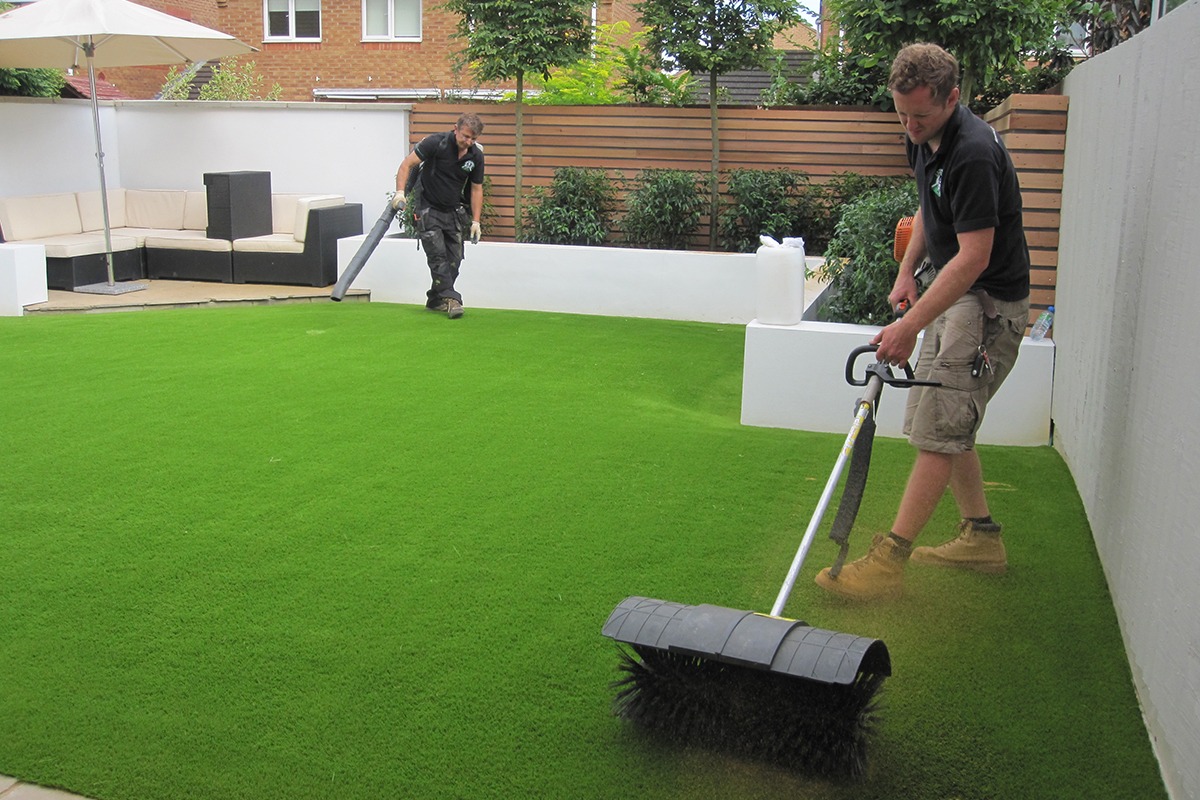
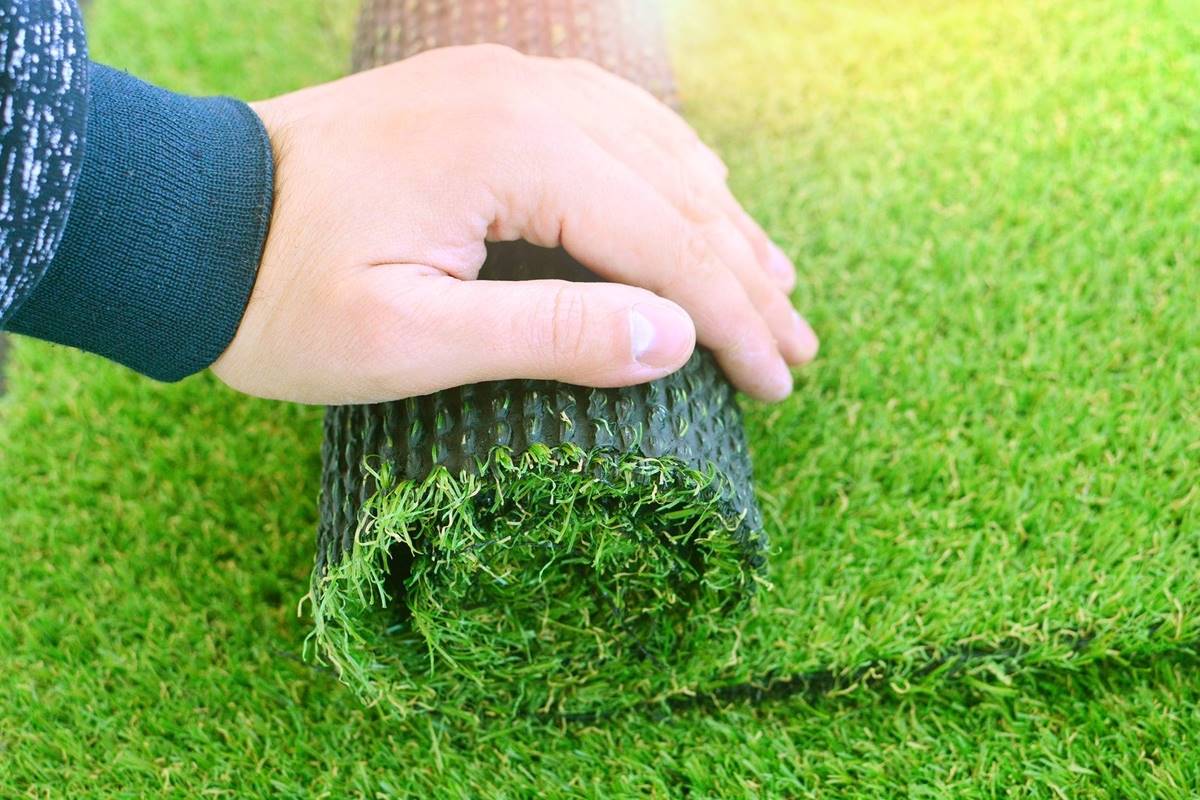
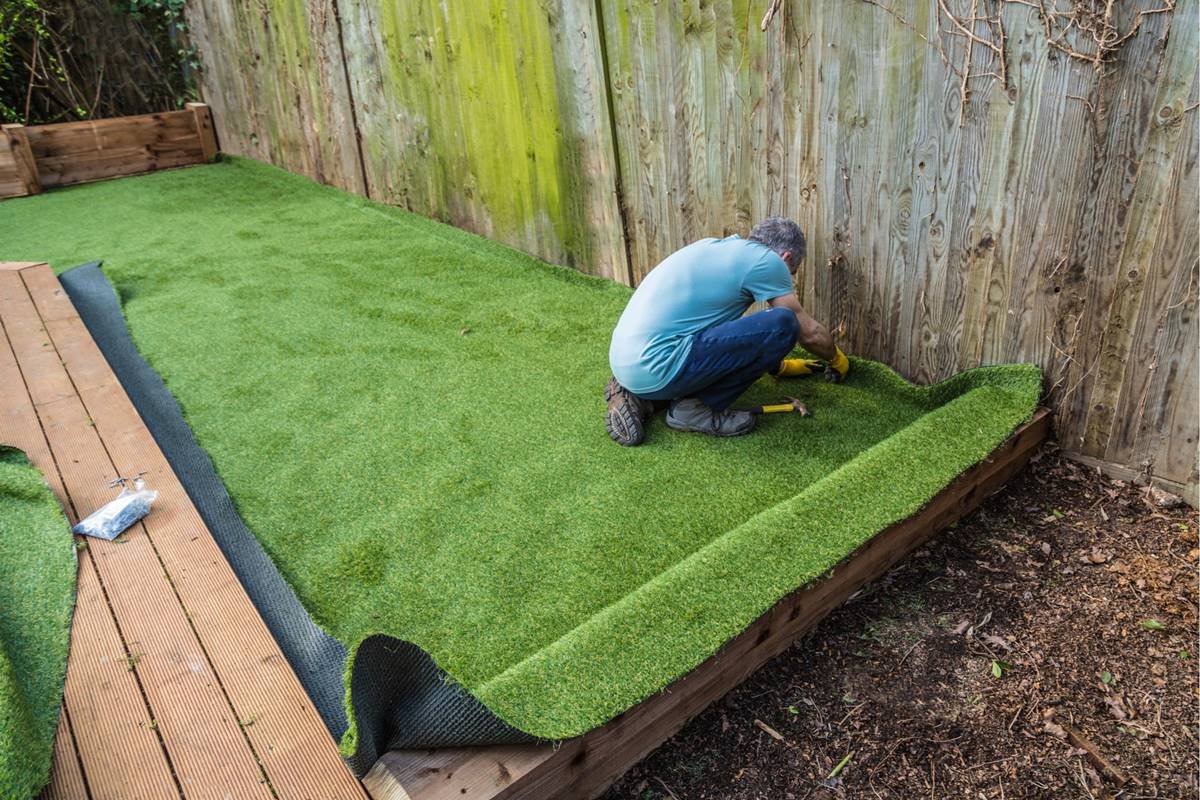
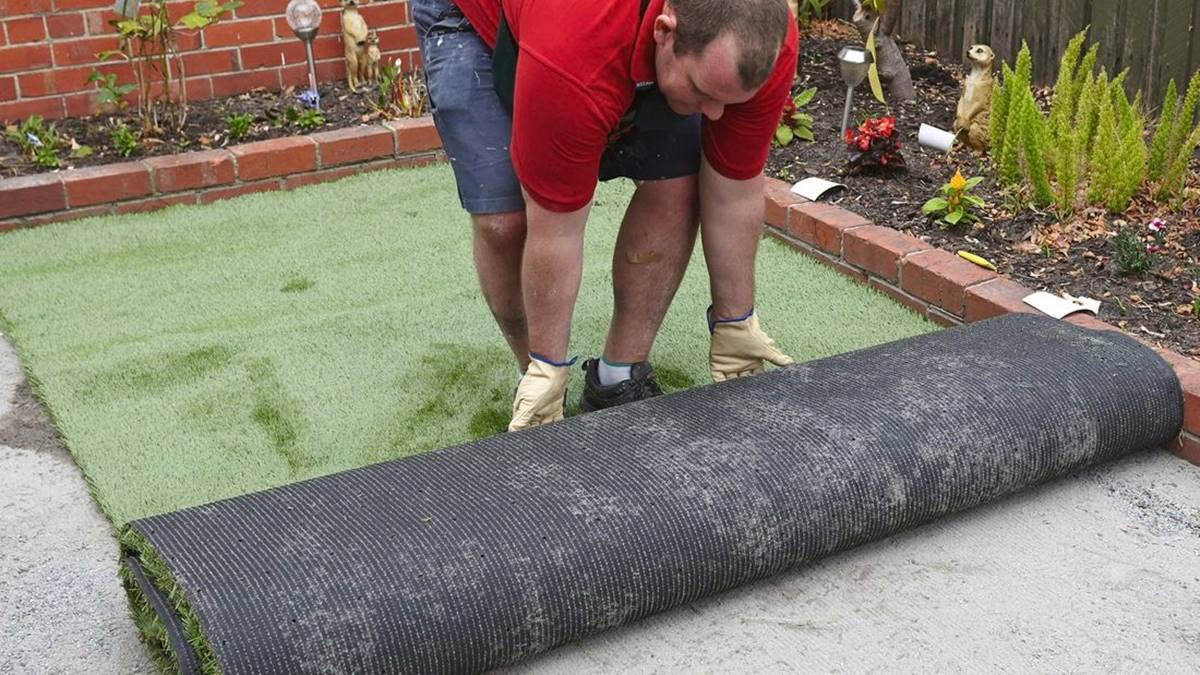
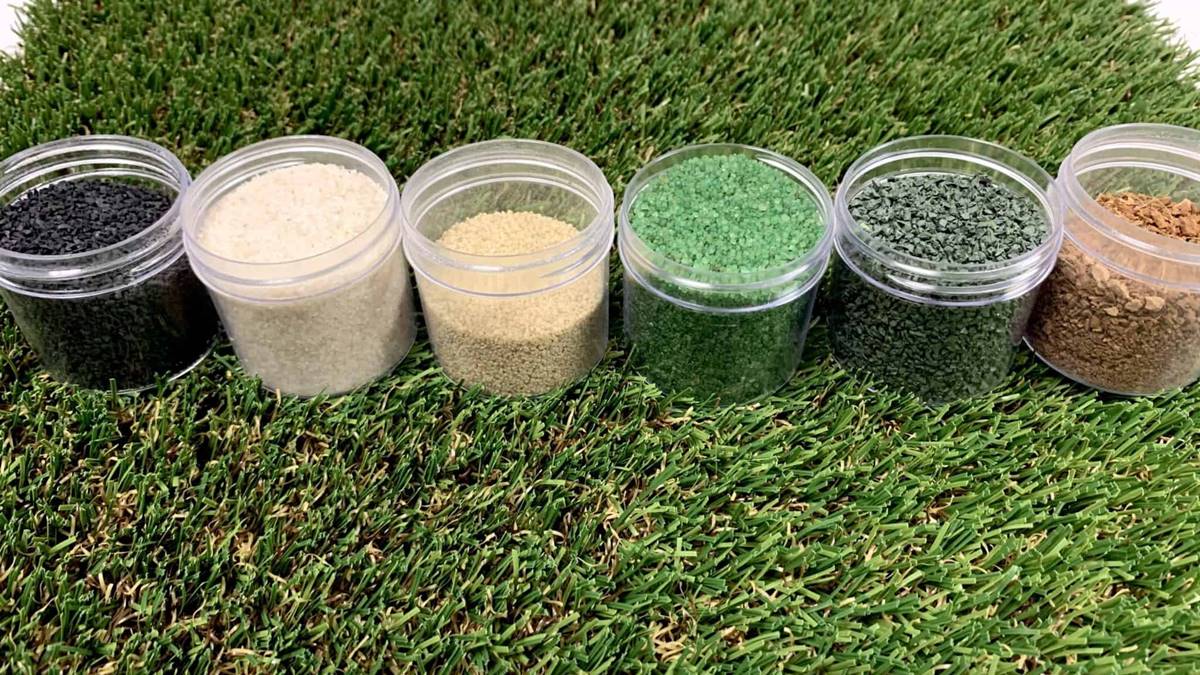
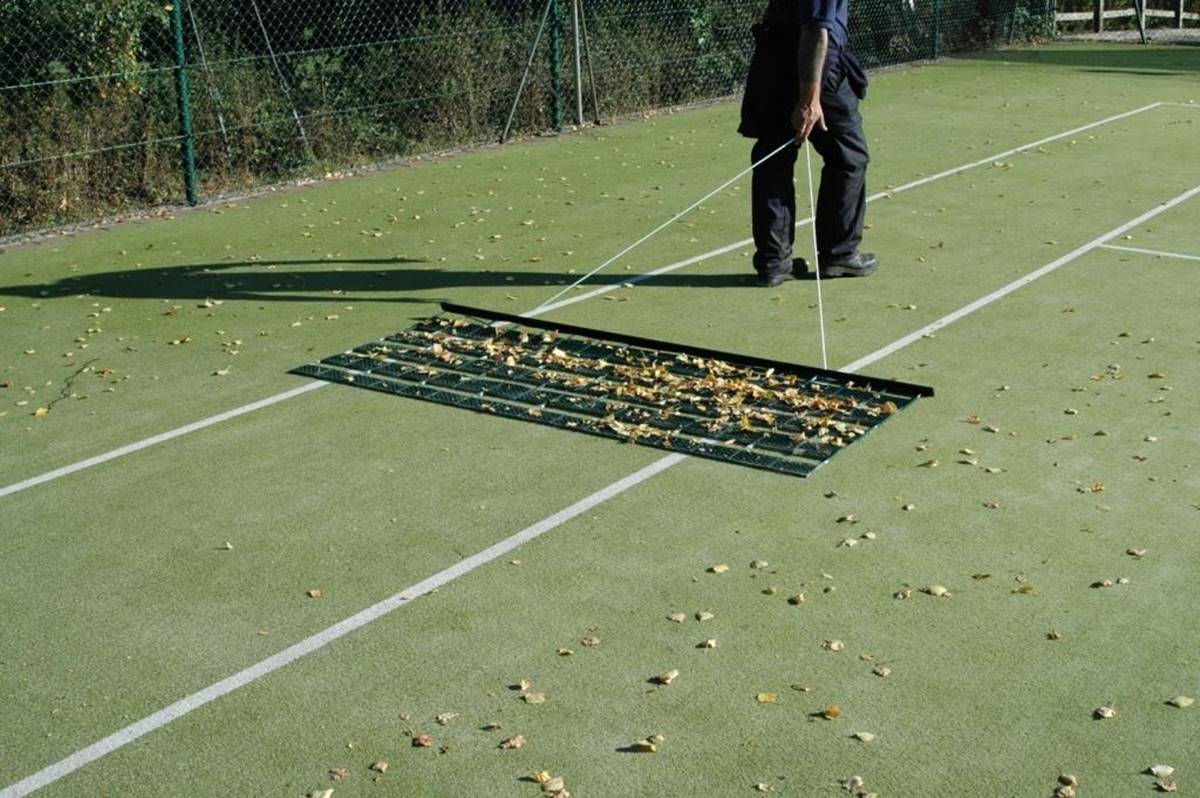

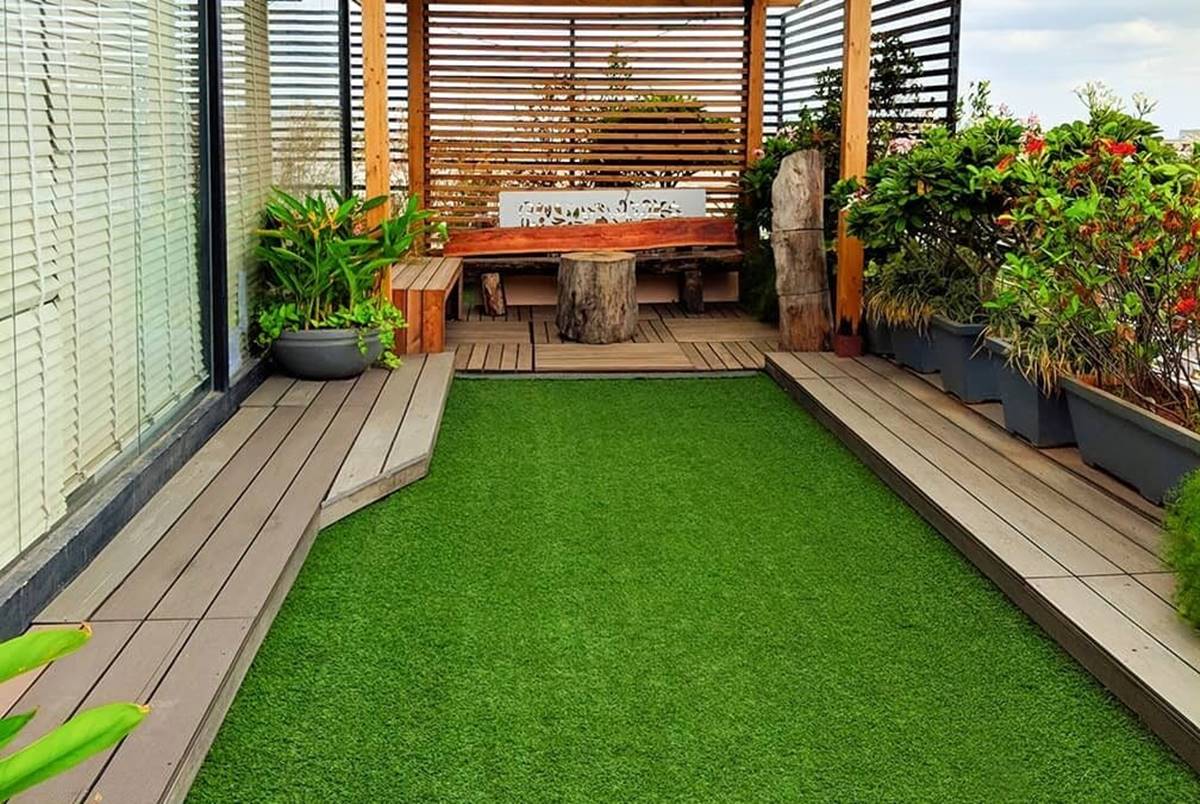
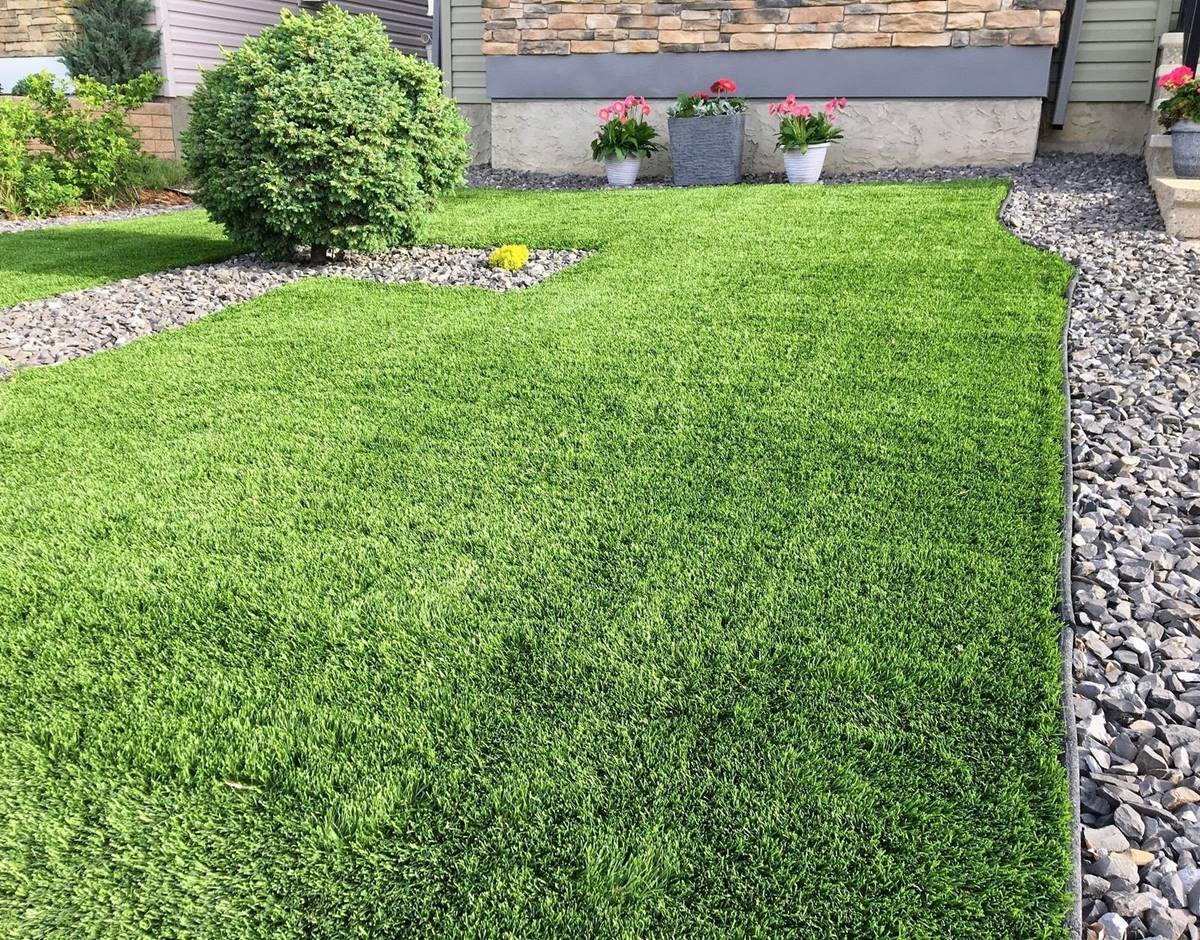
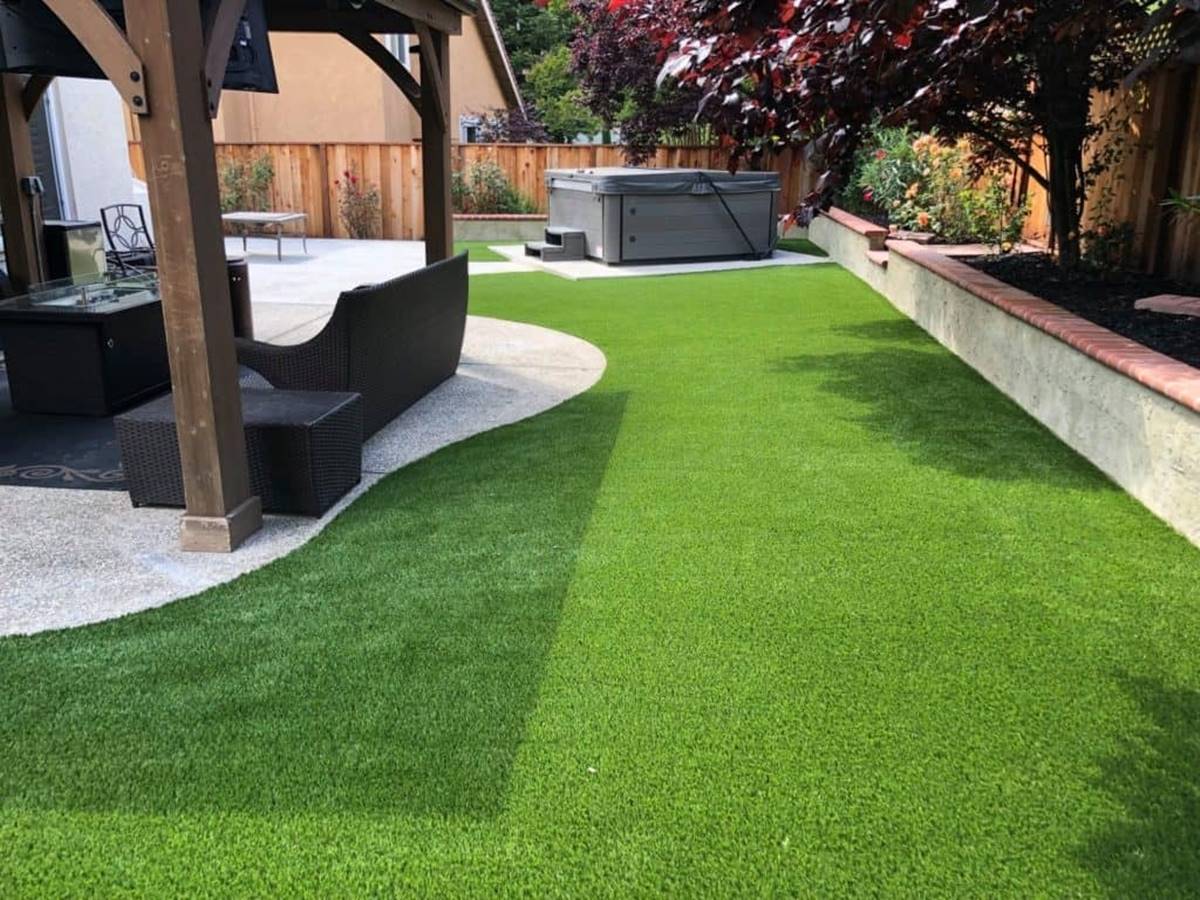
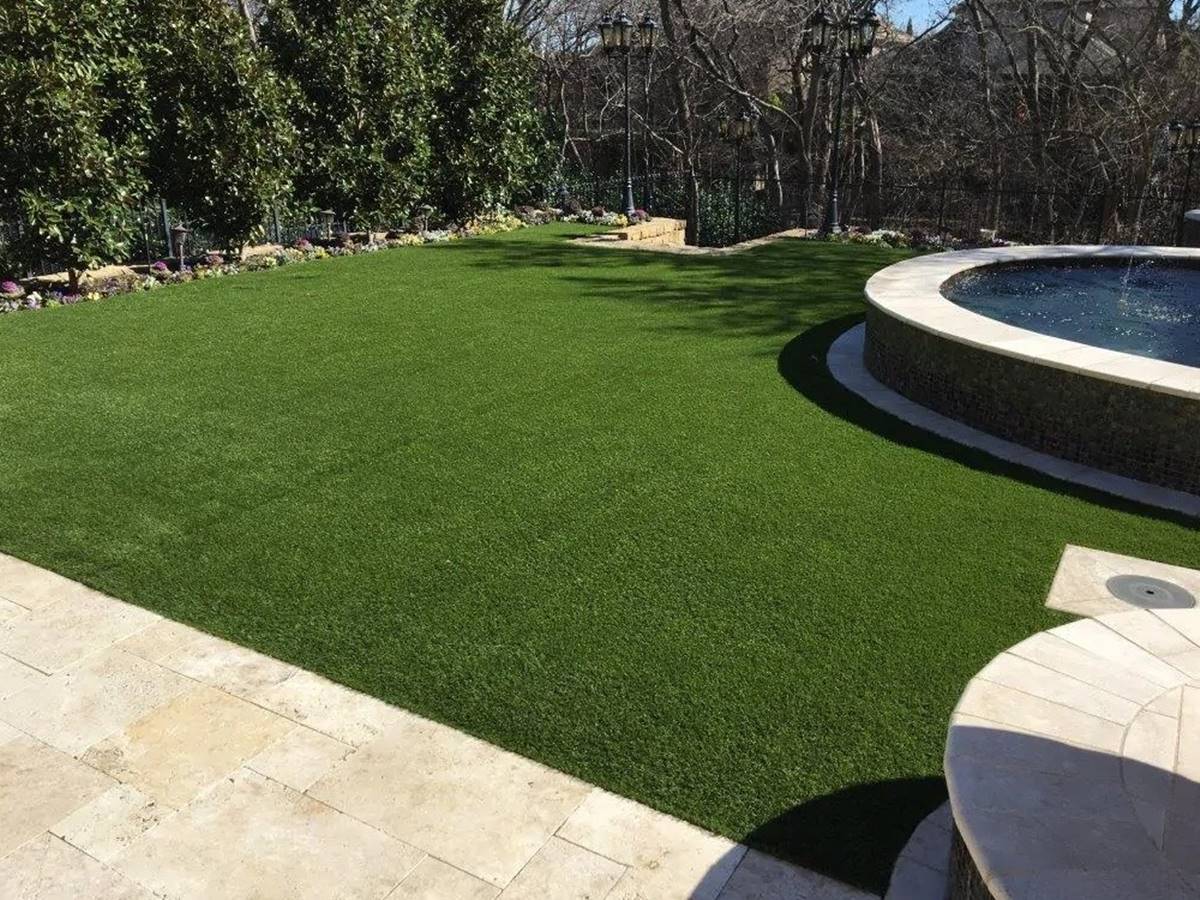

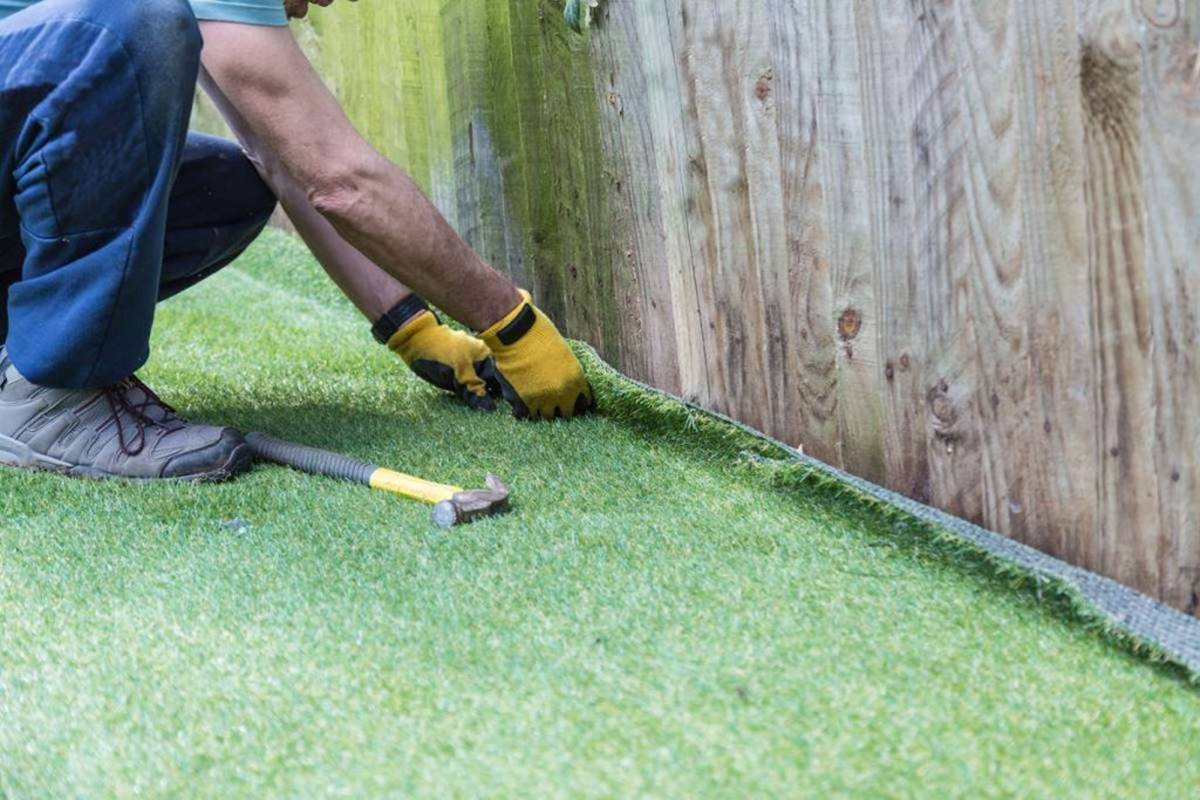

0 thoughts on “How To Choose Synthetic Grass”